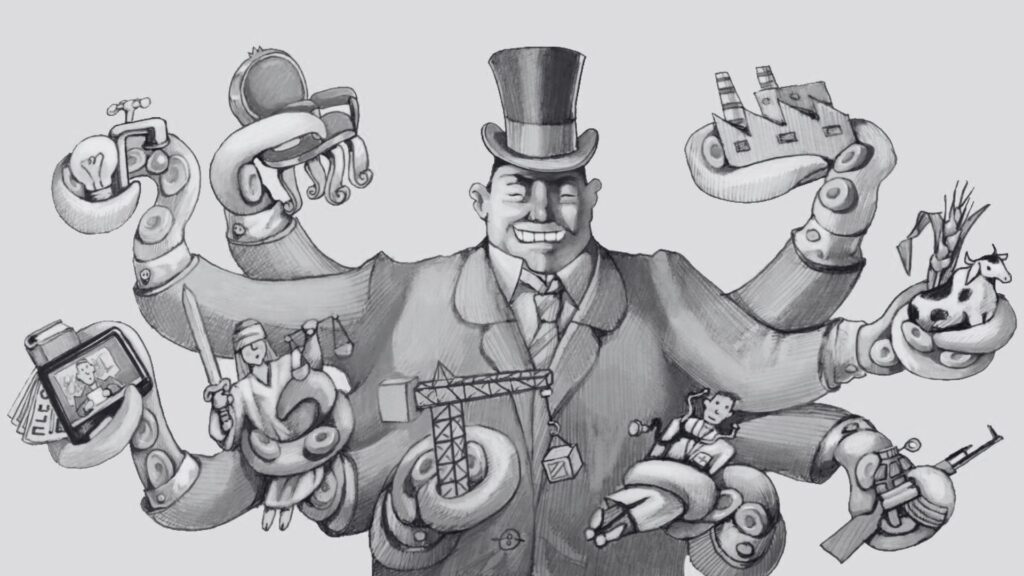
-Nicholas Meyer
“Art and commerce are not irreconcilable, they are inextricably intertwined.”
Art has always been a means of expressing oneself, reflecting on society, and provoking thoughts and emotions. It is an essential aspect of human culture and heritage, dating back to prehistoric times. However, the role of commerce and capitalism in the art industry has long been a subject of debate. Commerce and capitalism can provide artists with opportunities to make a living from their work. They can also disrupt the creative process and cultural significance of art. In this blog, we will explore how commerce and capitalism disrupt art.
The Commodification of Art

One of the most significant ways in which commerce and capitalism disrupt art is through its commodification. When art is viewed as a commodity, its value is reduced to a price tag. Its cultural and artistic significance also diminishes. Art becomes a product to be bought and sold, rather than an expression of the artist’s creativity or a reflection of society’s values.
In a capitalist society, the value of art is determined by the laws of supply and demand. This means that art that is in high demand can fetch high prices, regardless of its artistic merit or cultural significance. As a result, some artists may create works solely for the purpose of business. The motivation to pursue artistic expression or cultural significance goes down.
Limiting Creativity
Another way in which commerce and capitalism can disrupt art is by limiting creativity. When the primary goal of art is to generate profit, artists create works that appeal to mass audiences. In the process, they ignore more innovative or challenging work. This can result in a homogenized art market that favors established artists and excludes emerging or experimental artists.
The pressure to create commercially successful work can also stifle an artist’s creativity. They may feel compelled to create work that conforms to current trends or audience preferences. Exploring new ideas or pushing the boundaries of artistic expression becomes difficult. This can lead to a lack of diversity and innovation in the art industry.
Censorship and Commercialization
The commercialization of art can also lead to censorship, where artists are pressured to self-censor or modify their work to avoid offending potential buyers or sponsors. In some cases, galleries or other institutions may refuse to exhibit or promote work that is deemed controversial or potentially offensive. This can lead to a narrowing of artistic perspectives and limit the ability of artists to address important social or political issues.
Corporatization of the Art Industry
When large corporations and investors get involved in the art industry, they may prioritize profit over artistic integrity. This can result in a homogenized art market that favors established artists and excludes emerging or experimental artists. In addition, the involvement of corporations and investors in the art industry can lead to a concentration of power, where a few large players dominate the market. This can make it difficult for independent artists and galleries to compete, resulting in a narrower range of artistic perspectives and styles.
Impact on Emerging Artists
Commerce and capitalism can also have a significant impact on emerging artists. As the art market becomes increasingly dominated by a few large players, it can be difficult for independent artists and galleries to compete. This can make it challenging for emerging artists to get their work seen and recognized, limiting their ability to build a career in the art industry.

Conclusion
Commerce and capitalism have always had a way of disrupting art. While the art industry provides opportunities for artists to make a living from their work, it can also lead to the commodification and homogenization of art. The pressure to create commercially successful work can limit creativity, and the involvement of corporations and investors in the art industry can lead to a concentration of power and a narrowing of artistic perspectives and styles. As consumers, we must be aware of these trends and work towards promoting and supporting diverse and innovative forms of artistic expression. By doing so, we can ensure that art remains an art.









